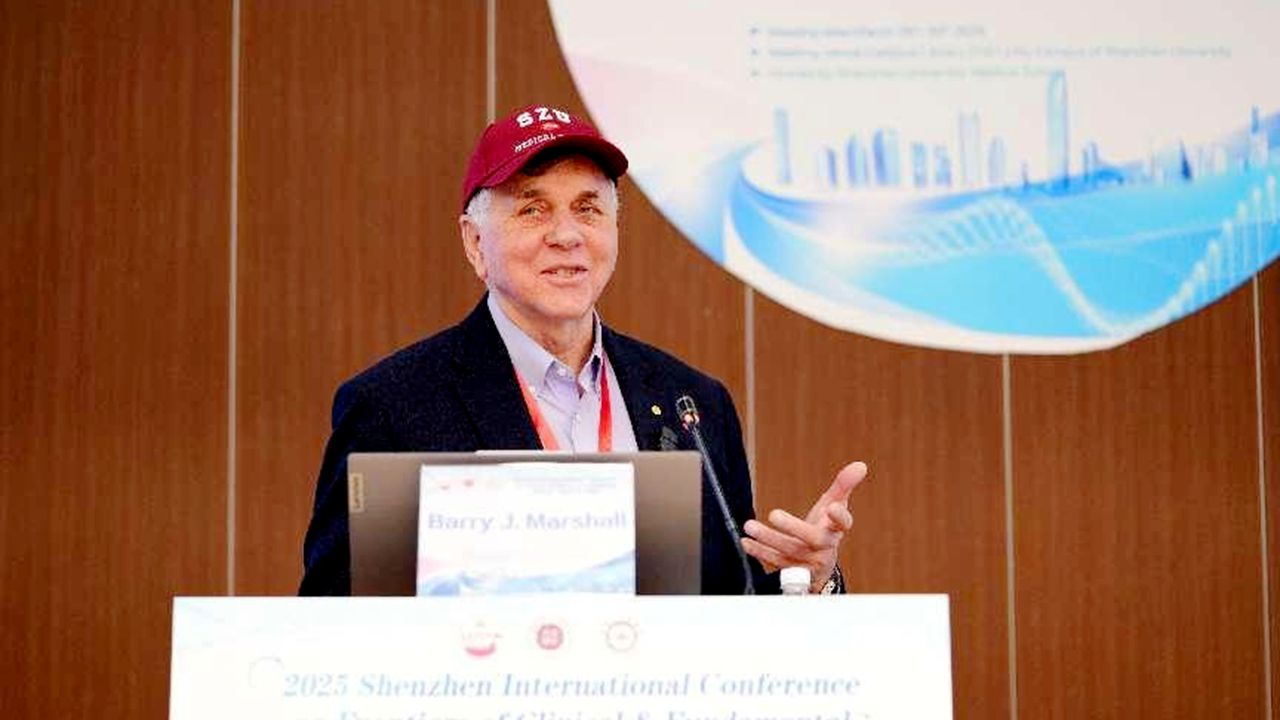The 2025 Shenzhen International Conference on Frontiers of Clinical & Fundamental Medicine (szFCFM-2025) kicked off Saturday at the Lihu Campus of Shenzhen University in Nanshan District.

Experts listen to presentations at the Lihu Campus of Shenzhen University in Nanshan District. Photos courtesy of Shenzhen University
The inaugural conference, focusing on cancer and aging, attracted over 200 experts from China and abroad, including the U.S., the U.K., and Japan. The two-day event featured 30 themed reports highlighting cutting-edge and original achievements in basic research, clinical studies, and medicines.
The conference introduced a pioneering mechanism to identify three to five major issues at the forefront of medicine each year, inviting leading clinical and basic research experts for in-depth discussions.
At the opening ceremony, Chinese academician Jiang Baoguo, also the conference’s co-chair, expressed his hope to build a high-level international academic exchange platform in Shenzhen. He emphasized gathering renowned scholars to explore solutions for critical diseases and foster open and innovative medical collaboration.
During the keynote speech session, Chinese academician Zhan Qimin presented his team’s research on the molecular classification system of esophageal squamous cell carcinoma (ESCC). Their study categorized patients into four subtypes using multi-omics analysis, increasing the targeted therapy response rate to 68.5%.

Nobel Prize Laureate Barry J. Marshall delivers a speech at the conference.
Another keynote speaker, Nobel Prize Laureate Barry J. Marshall, showcased a rapid detection technology for Helicobacter pylori drug resistance. The method can complete susceptibility analysis for 23 antibiotics in just 30 minutes, reducing detection costs by 80%.
In his speech, Chinese academician Xu Binghe highlighted the importance of establishing a clinical demand-driven translational research mechanism as the key to overcoming bottlenecks in the development of innovative drugs.
Addressing the health needs of China’s elderly population of 250 million, Jiang’s team developed a dynamic model of bone metabolism covering the entire life cycle.
This breakthrough provides a new research framework for systematically addressing skeletal aging.
(eye shenzhen)

